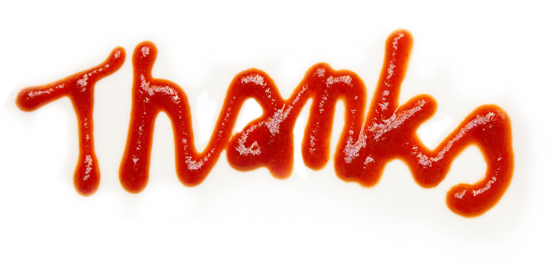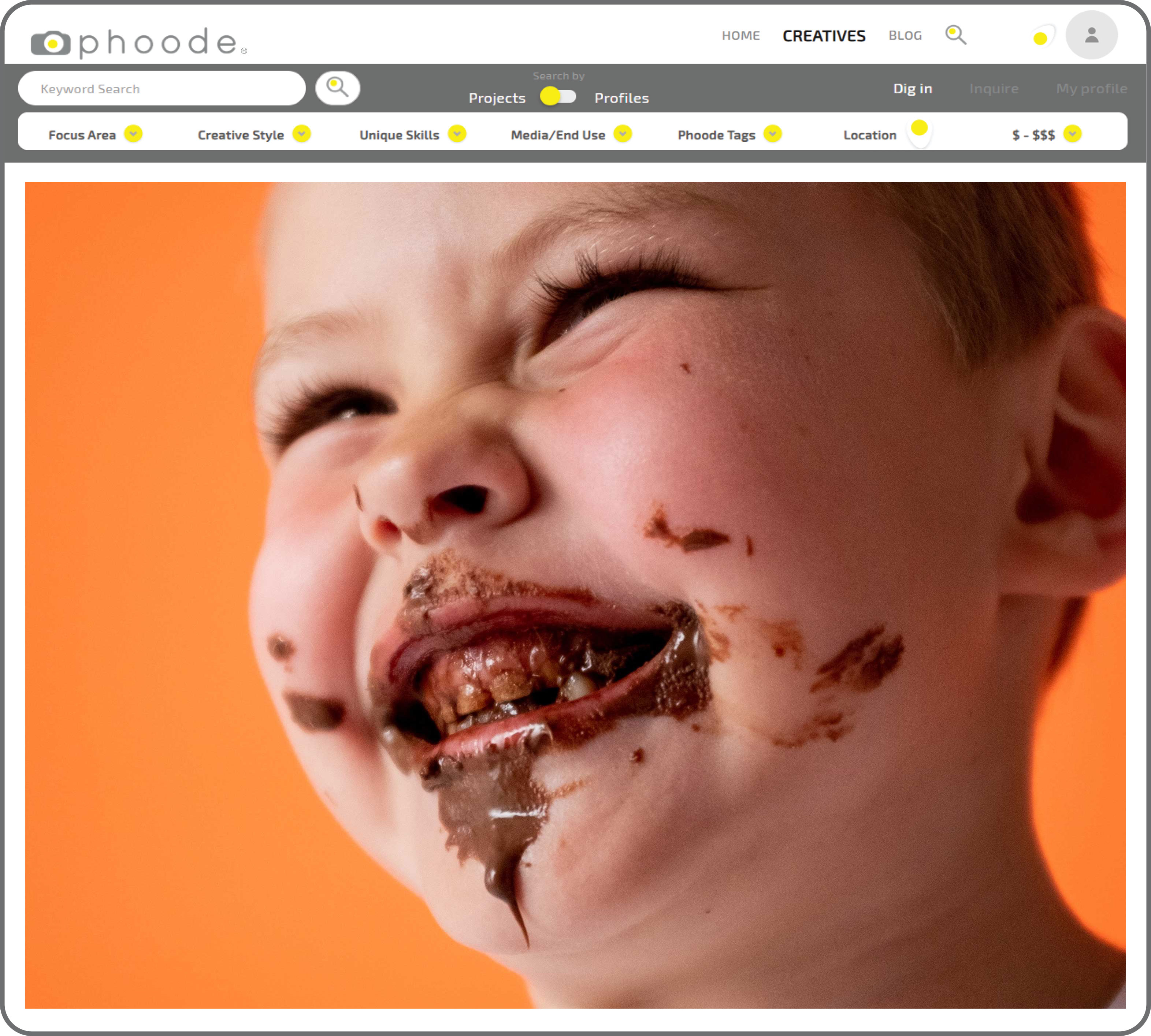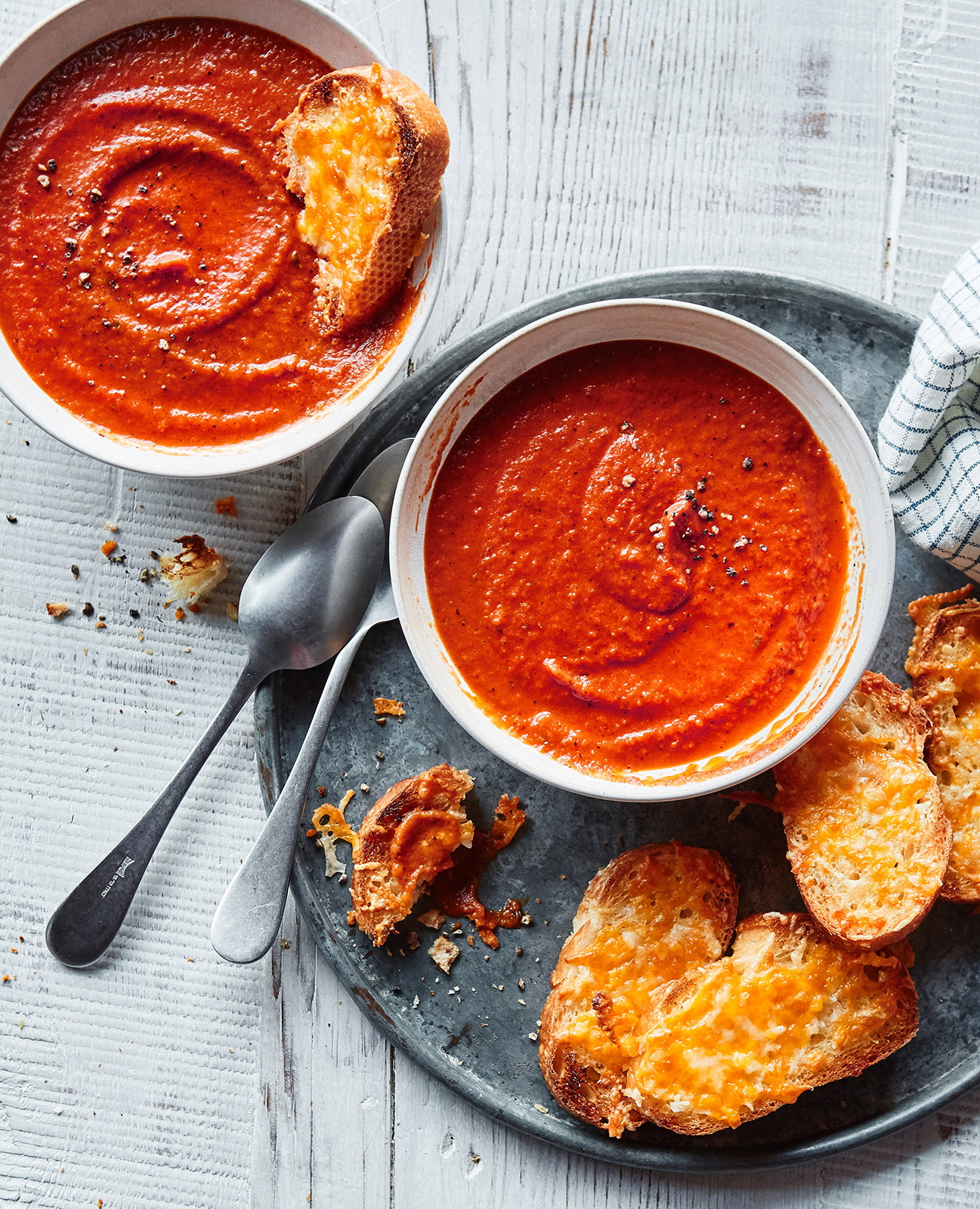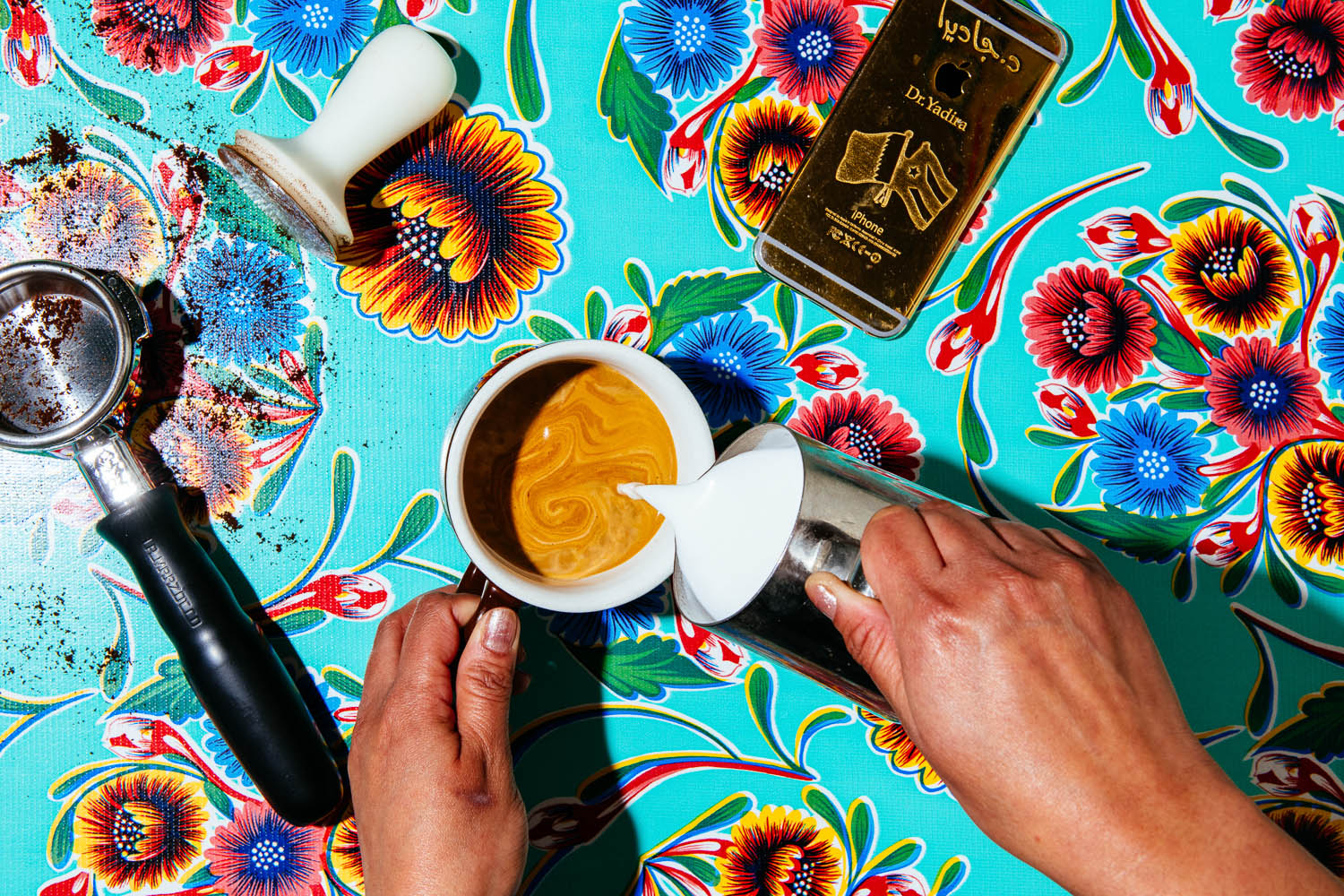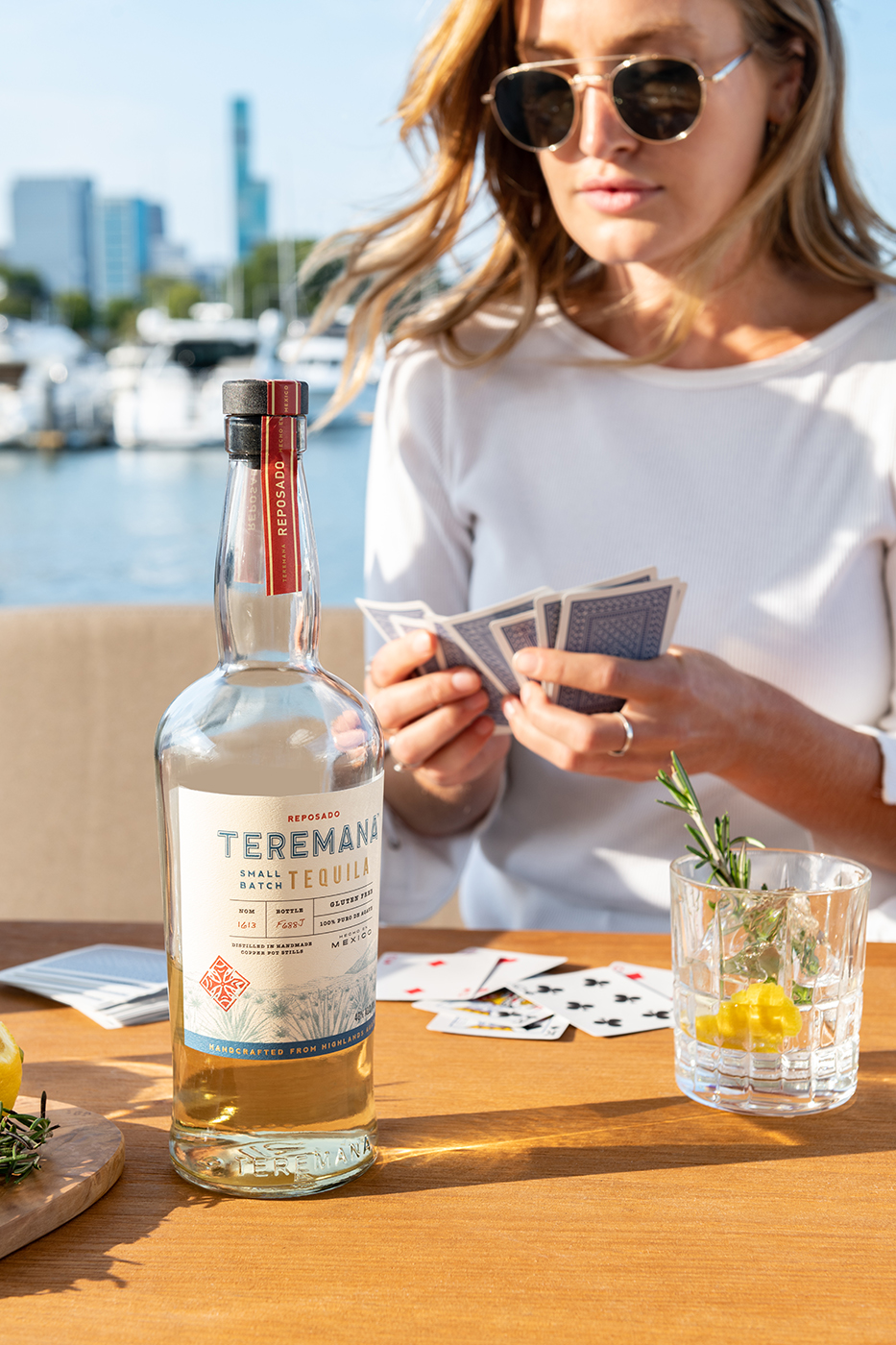Food and Beverage Branding with Personality: Dare to Be Different
Several months ago, I attended an event where Andy Pearson, a creative director at Liquid Death, shared an insight: “You have to allow your brand to be a character. Whatever that means to you.” This advice isn’t about being foolish; it’s about breaking free from the dull, metric-driven conformity that plagues modern marketing and embracing food and beverage branding that raises brows or shocks…
In a crowded food and beverage CPG market, branding with personality is the key to standing out. Too many brands blend into a sea of sameness, but those that dare to be different—infusing their campaigns with a bold, coherent character—create lasting connections with their audience.
The Problem with Generic Branding
Today’s social media landscape is flooded with food and beverage brands churning out generic and safe content. Many younger marketers, shaped by algorithms and instant analytics, prioritize conversion rates and KPIs over creativity. The result? Feeds filled with soulless ads. Or ads are polished but so generic that they could belong to any brand. If you stripped away the logos, you’d struggle to tell one campaign from another. Whether it’s a protein bar smoothie brand touting “freshness” or a soda company pushing “refreshment,” the messaging feels interchangeable, lacking the spark that makes food and beverage branding with personality stand out.
Why does this happen? Is it fear of failure, pressure to deliver quick results, or a lack of creative vision? I believe all-in-one, but it’s the latter that makes it worse. As a Generation X-er, I grew up in an era where brands like Nike, Apple, and even Bud Light took risks, weaving stories that resonated deeply and built lasting cultural impact. Today’s “farming mindset”—a relentless focus on mimicking competitors and chasing short-term metrics—has stifled that spirit. Many brands play it safe, afraid to deviate from proven formulas. Food and beverage branding with personality is nearly dead these days, and forgettability is the common theme.
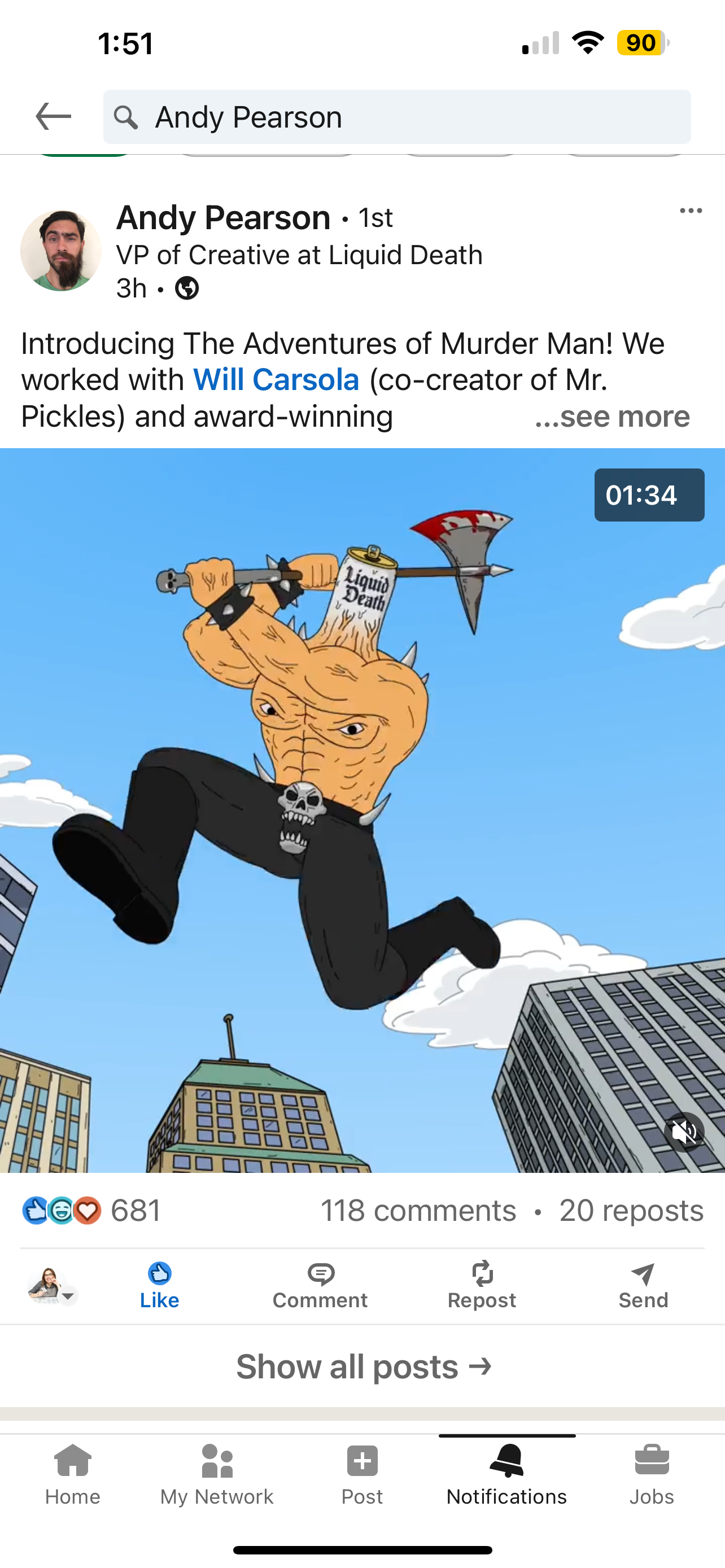
Courage Over Cash: The Power of Conviction in Branding
Food and beverage branding with personality isn’t about throwing millions at flashy ad campaigns; it’s about having the courage to dare to be different and the conviction to stick with a bold, consistent creative vision. Too many brands fall into the trap of being copycats, reacting to competitors’ moves or chasing trends to stay “relevant.” This reactive approach produces forgettable content that fails to inspire loyalty. Emerging CPG brands dedicate passion and creativity to designing eye-catching packaging, but beyond that, the creativity most often than not, dies. True differentiation in food and beverage branding comes from pushing a unique identity beyond the mere look, even when it doesn’t immediately make sense to everyone.
You don’t need a massive budget or a large production team to create impactful and memorable content, but you need good, interesting ideas and the courage to implement them. From my Gen X perspective, this is largely missing today. Humor and self-deprecation are nearly absent in millennial and Gen Z marketing, replaced by pompous, serious, or ideological tones that prioritize form over substance. Most brands lack identity beyond their packaging. Compelling, memorable brands rely on ideas executed with authenticity rather than overproduced images of sameness. For example, a coffee brand could launch a social media series featuring quirky barista confessions, tying each post to their brand’s playful, community-driven vibe. Or a fiber loaded soda company could create a low-budget “anti-ad” poking fun at talking about digestive benefits of their own products, resonating with audiences tired of predictable pitches. These approaches build faithful followers—not just one-time consumers—because they invite people into a story they want to be part of.
The lesson is clear: don’t just aim to create a different loop; have the guts to create a completely different script and follow it religiously. A bold brand name or unconventional aesthetic might get a one-time off purchase, it might raise eyebrows, but committing to food and beverage branding with personality can turn a commodity into a cultural phenomenon. Creativity doesn’t have to be expensive, but it does require clarity and courage. As a founder at Phoode, I understand that creativity in food & bev marketing and advertising knows no bounds.
AI: Amplifying Creativity with the Right Vision
In the age of AI, food and beverage branding with personality can do more with less, but only if guided by a right creative mind. AI tools can’t be truly creative on their own—they need a visionary to steer them. With the right prompts, one person with a bold idea can use AI to create stunning video animations, photography, or scripts practically for free, reducing the need for large teams of photographers or content creators. The engineers behind the scenes—moving cameras or setting up shoots—are no longer the bottleneck. Instead, the idea-driven creatives who know how to push AI’s boundaries are the key to success. Whether you harness AI yourself or hire someone with that mindset, the ability to craft a unique, personality-driven campaign is more accessible than ever. This empowers brands to dare to be different, turning small budgets into big impact with a clear vision and a touch of courage. And think you content more like coherent tv series rather than a set of random posts.
Why Other Brands Struggle to Stand Out
So why don’t more brands embrace food and beverage branding with personality? The issue often lies in a lack of courage or understanding of how to infuse character into a brand and dare to be different. Many startups, under pressure to hit KPIs and attract investors, prioritize short-term gains over long-term identity. Hiring creative visionaries can be expensive, and corporate structures often favor safe, data-driven decisions over risky, innovative ones. But a $1.4 billion valuation for one beverage brand in 2024 shows that daring to be different pays off. By leaning into a bold, anti-corporate persona, they built a community of fans who don’t just buy their product—they wear their merch, share their memes, and evangelize their mission.
The new generation of food & bev marketers, shaped by social media’s instant feedback loops, often lacks the patience or framework to build something enduring. They see competitors’ success and copy it, mistaking imitation for strategy. But creating entertainment, not just ads, fosters fandom that money can’t buy. A beverage brand with 7.9 million followers across TikTok and Instagram didn’t get there by blending in—they did it by embracing food and beverage branding with personality and daring to be different.
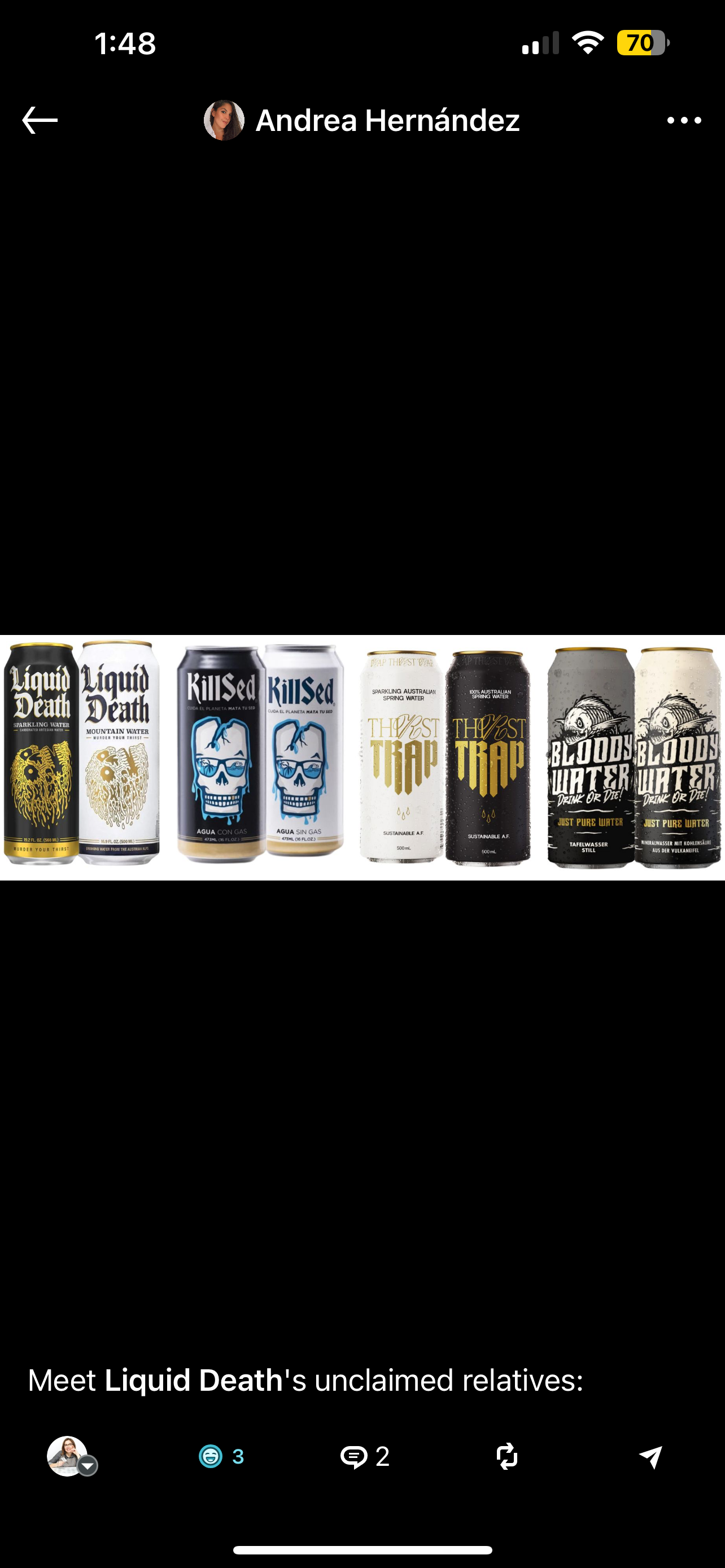
Lessons for Food & Bev CPG Founders: Dare to Be Different (As Cliché As It Sounds)
For founders looking to build a lasting brand, here’s a blueprint for food and beverage branding with personality that dares to be different. First, be yourself. Ask what makes you laugh, what makes you happy, or what agitates you, and use that as a base. Then, know your audience and ask the same questions. Target those who crave authenticity and humor, whether they’re millennials, Gen Zers, or niche communities. Second, embrace a distinct personality. Choose an archetype—rebellious, funny, whimsical, or heartfelt—and make it consistent across every touchpoint, from packaging to social media. Third, prioritize entertainment over sales pitches. Create campaigns that feel like cultural moments, like a mock “underground fight club” for a protein bar brand or a quirky recipe contest for a spice company.
Finally, don’t shy away from risk. A bold choice might alienate some, but it will attract those who resonate with your vision. As one creative director put it, “There’s always a better way to market a healthy brand and a better way to package a product.” Founders must trust their instincts and resist the urge to blend in to achieve food and beverage branding with personality that dares to be different. These days, brands risk being trapped in uniformity, especially with AI-generated content placing products in identical settings, perpetuating sameness. To truly stand out, you must create your own ideas.
In my book, if someone tells you this is how it’s done/others are doing it and offers a ready formula for success, that’s when you should get extra careful. This is the social media copycat mindset that lacks imagination. The sky is the limit, and only the wildest ideas can lead to the most remarkable results.
The Long Game: Building a Legacy
In a startup world obsessed with quick exits and flashy metrics, building something memorable requires going out of the box. Let food and beverage branding with personality dare to be different, creating a character with a soul, not a faceless logo chasing clicks. A compelling personality isn’t just cool; it’s profitable, as evidenced by brands achieving $263 million in retail sales and a presence in 113,000 retail doors. For founders, the lesson is clear: if you want to build for the long term, embrace a coherent character, take risks, and don’t be afraid to stand out. That’s how you create not just customers, but a community that believes in your brand.


